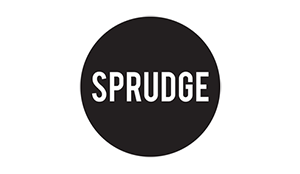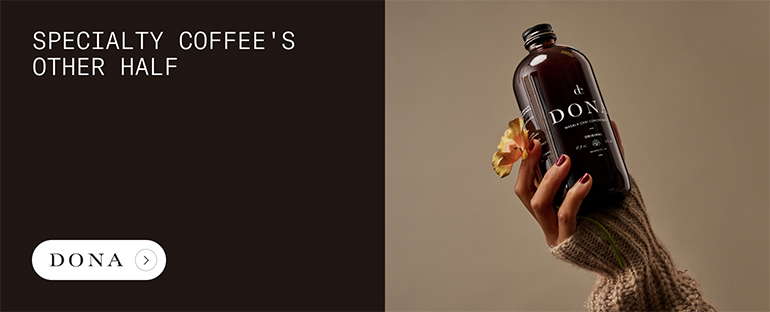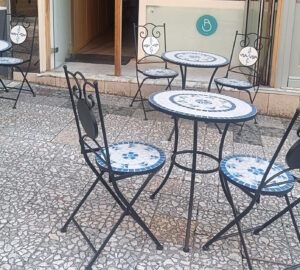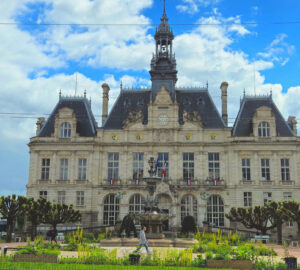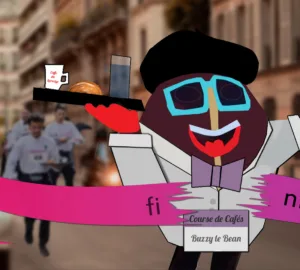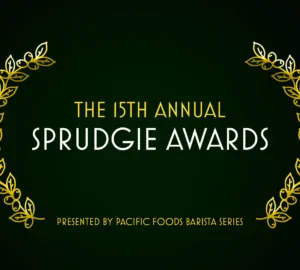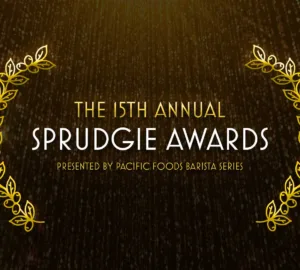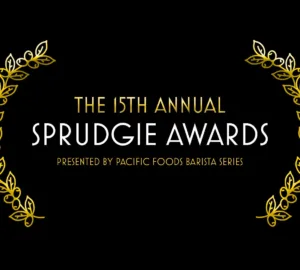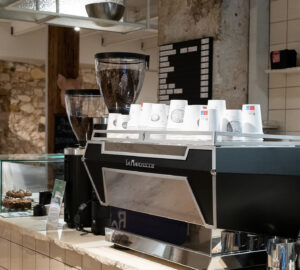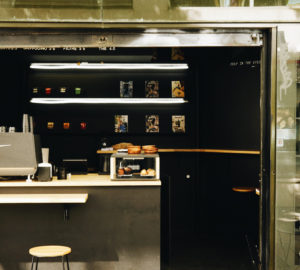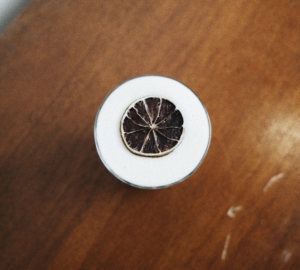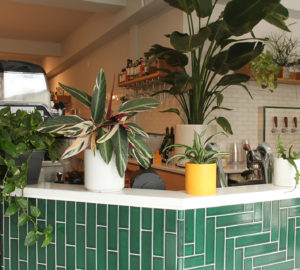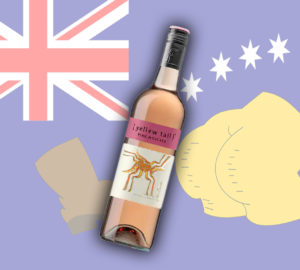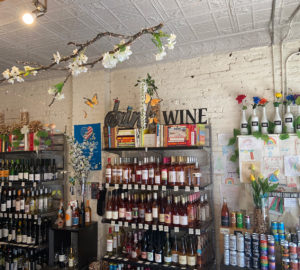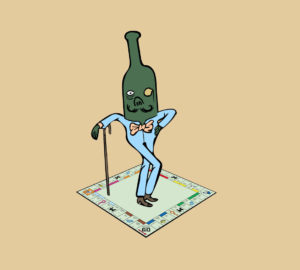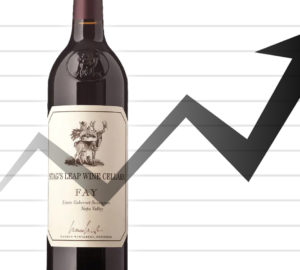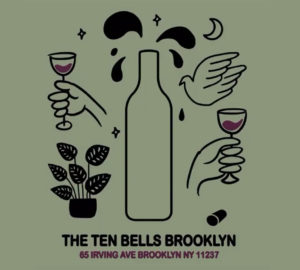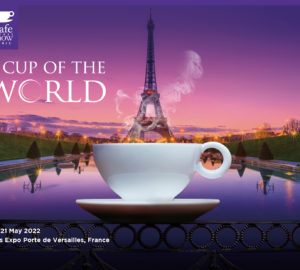Stepping foot into the winery at L’Anglore is an unforgettable moment—but perhaps not like you’d imagine. One expects a grandiose heritage site of some kind, in keeping with the legend of the Pfifferling family’s enthrallingly rare, cultishly revered, low-sulfur Tavel wines. Instead one enters a clean suburban garage. It’s at the western edge of the village of Tavel, on the main road, bordering the elementary school.
“It’s not so sexy, L’Anglore, in fact,” says Thibault Pfifferling, laughing. “This is the heart of L’Anglore. It’s our garage.”

The ceilings angle low over the Italian-imported cement and steel tanks; a structural beam bisecting the room at wall-height bears scars from where it’s been hit with the forklift during grape-vatting.
“Normally, we’ll move to a new winery next year,” Pfifferling says. “But it was hard to find. There are very few underground cellars here because the earth is very, very hard. It’s not like in the Loire.”
At 27, Thibault is the eldest son of Eric Pfifferling, the domaine’s founder, a one-time beekeeping specialist who since 2002 has commercialized an acclaimed range of rich rosés and light red wines. Raised in Tavel—the only French AOC officially designated for only rosé wines—Thibault Pfifferling completed a degree in Philosophy at the Sorbonne before working as a sommelier for several years at a circuit of influential Parisian natural wine restaurants: Le Baratin, Le Dauphin, Le Verre Volé, Le Châteaubriand, Septime.
“I’ve done winemaking with my dad since 2010,” he explains. “But I think I’ve only truly come back full-time since this year.”
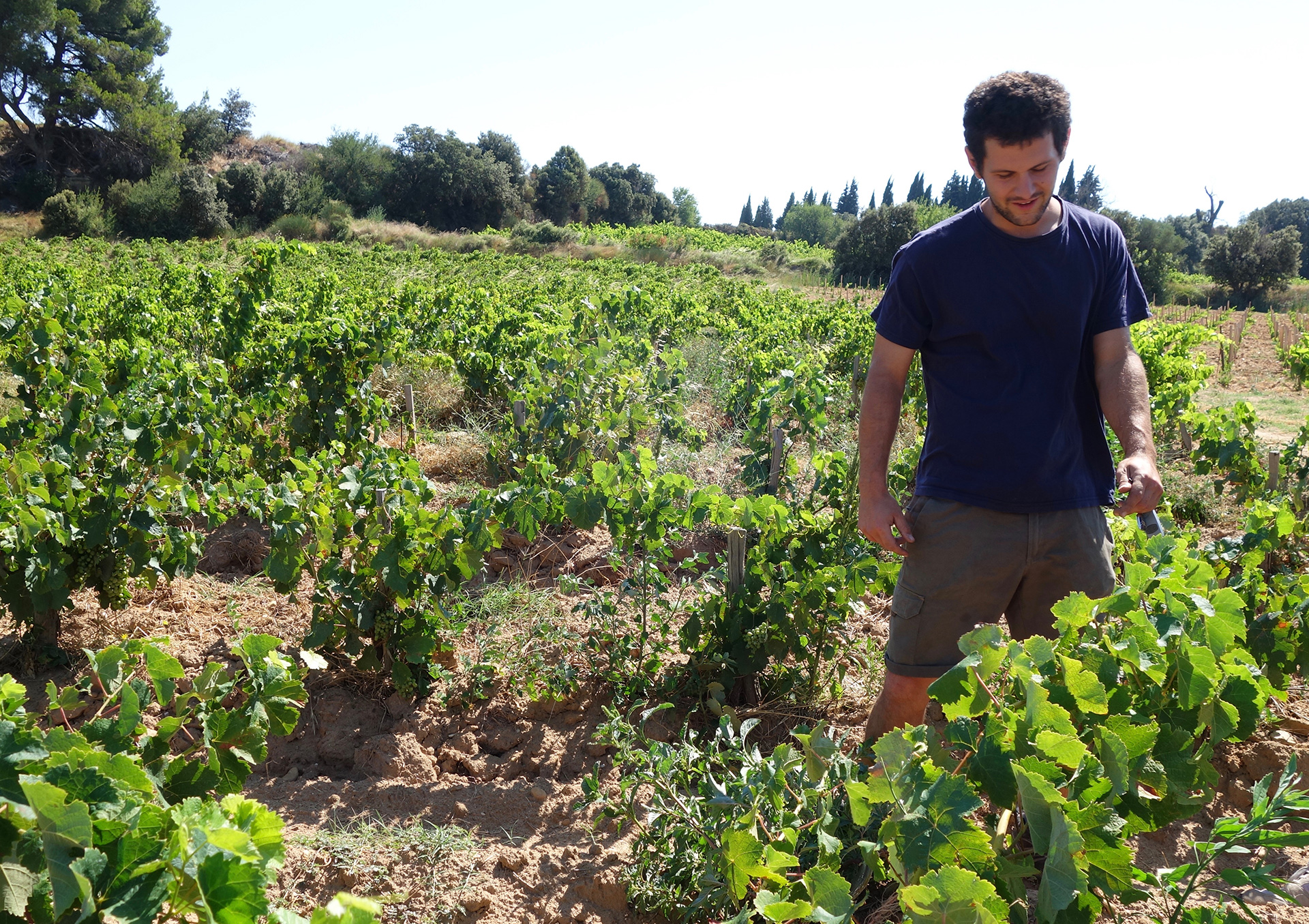
Thibault and his younger brother Joris managed the vineyard work in 2018. L’Anglore, which began as three hectares of old-vine Tavel that Eric inherited from his mother in 1989, now comprises 20 hectares, of which 17 are in production. If the resulting wines remain lamentably rare, it’s partly because yields in Tavel, never stratospheric, were extremely low in 2017, particularly on Grenache, which has until now formed the core of L’Anglore’s praised Tavel blend. In a first for the domaine, the 2017 Tavel is almost entirely Cinsault and Clairette Rose.
“The permitted yield is in 45HL/hectare or something,” Pfifferling explains. “We’re happy if we do 25HL on young vines. Last year, we did between 5HL and 15HL in Tavel.” To make up for the shortfall, the family are introducing three new négoçiant cuvées in the 2017 vintage: a direct-press Carignan Rosé from the Costières des Nîmes and two reds from opposite ends of the Gard.
Today we take a tour of the family’s Tavel parcels, which amount to 10 hectares, scattered across three of the appellation’s key terroirs: lauze, or inactive limestone, sand, and terres blanches, or white clay. The gnarled, massive, goblet-trained grenache vines of Eric Pfifferling’s original inheritance sit on terres blanches, a former swampland drained by monks in the 14th century. Thibault Pfifferling professes a preference for mixed terroirs, like the sand-lauze blend we find in “Comeyre,” or the more red-earth variant underlying “Pierres Chauds.” Adulation of the Pfifferlings’ wines tends to revolve around their iconic Tavel and Tavel “Vintage” cuvées. What is lesser-known is that the majority of the family’s non-AOC red wine—including the aforementioned “Comeyre” and “Pierres Chauds,” along with “Les Traverses”—derives from specific parcels within the Tavel AOC. These wines just can’t be labeled as Tavel because they’re not rosé.
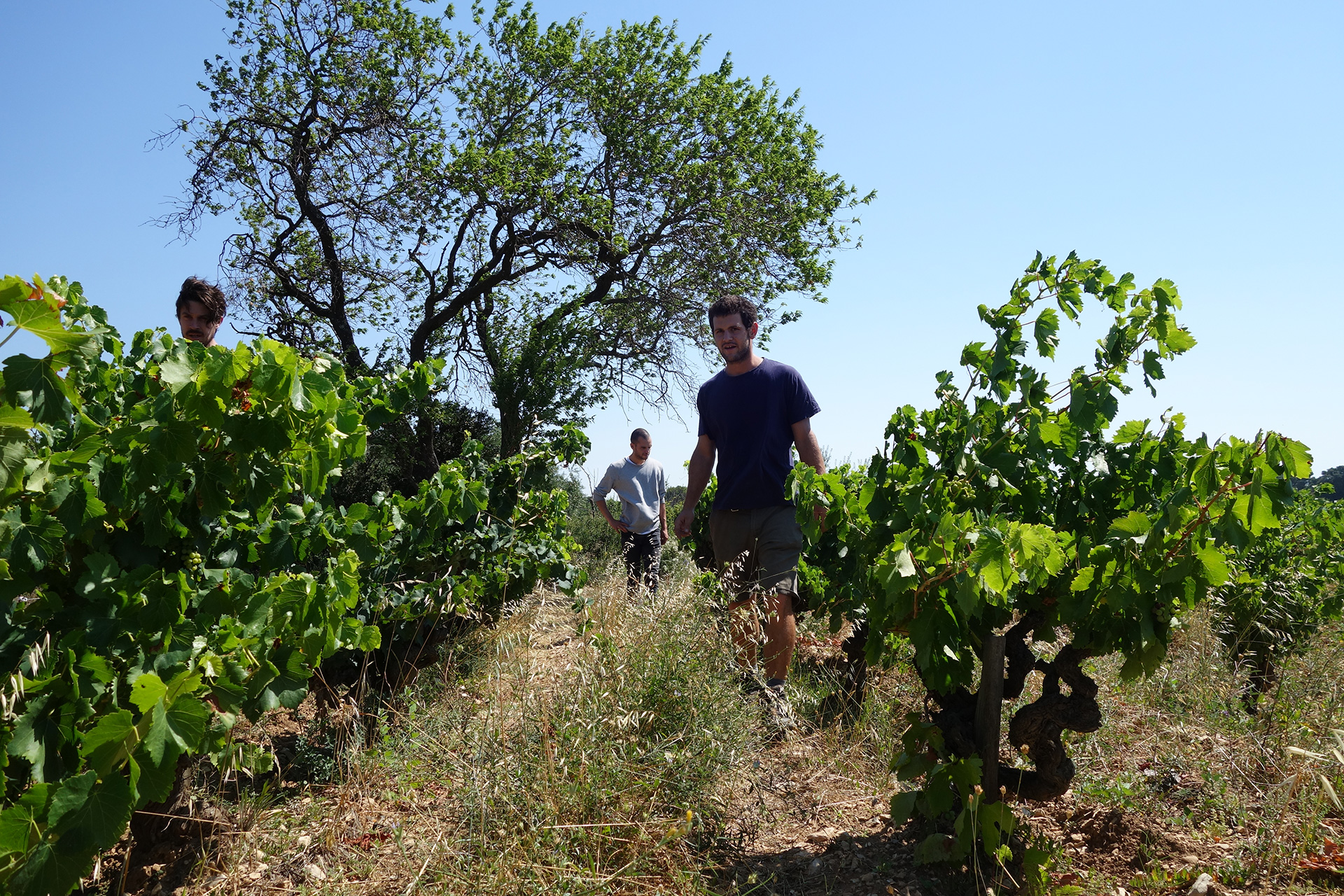
When I point out the obvious—that chez Pfifferling, it’s often difficult to discern what categorically divides light reds from dark rosés—Pfifferling grins.
“We’re not making rosé, actually—it’s more like a light red wine. But the rosé that people drink now, it’s not wine. So maybe we need to change the entire definition of rosé. The concept has gotten so twisted.”
The following interview has been condensed and edited for clarity.
Why did Tavel—of all the towns of the southern Rhône—become associated with production of rosé?
I think it was already a question of marketing—but it was the marketing of the Middle Ages. Tavel sold better than Lirac. But you can find the same sand soils in Lirac. The people in Lirac made Tavel, until the AOC was determined in the 1930s. All around here it was rosé—it was the same in Châteauneuf. But it was not a rosé like we know it today.
Why? The main grapes of Tavel are Clairette Rose, Clairette Blanc, Grenache Blanc, Grenache Noir, Grenache Gris, Carignan, and Cinsault. And the fact is, Grenache is not really colorful. If you press direct, you can make a white out of Grenache. Cinsault, it’s not really colorful. If you put it in tank for a week like we do for the Tavel, you don’t get a lot of color. The only one that makes a lot of color is Carignan, but there’s not a lot of Carignan.
Syrah began being planted in the 1970’s. It was the same in Châteauneuf—that’s when they started making dark, intense stuff. In the original specifications of the Châteauneuf appellation, they said it was ruby-colored, like in Tavel. It wasn’t necessarily a rosé, but it was a light red.
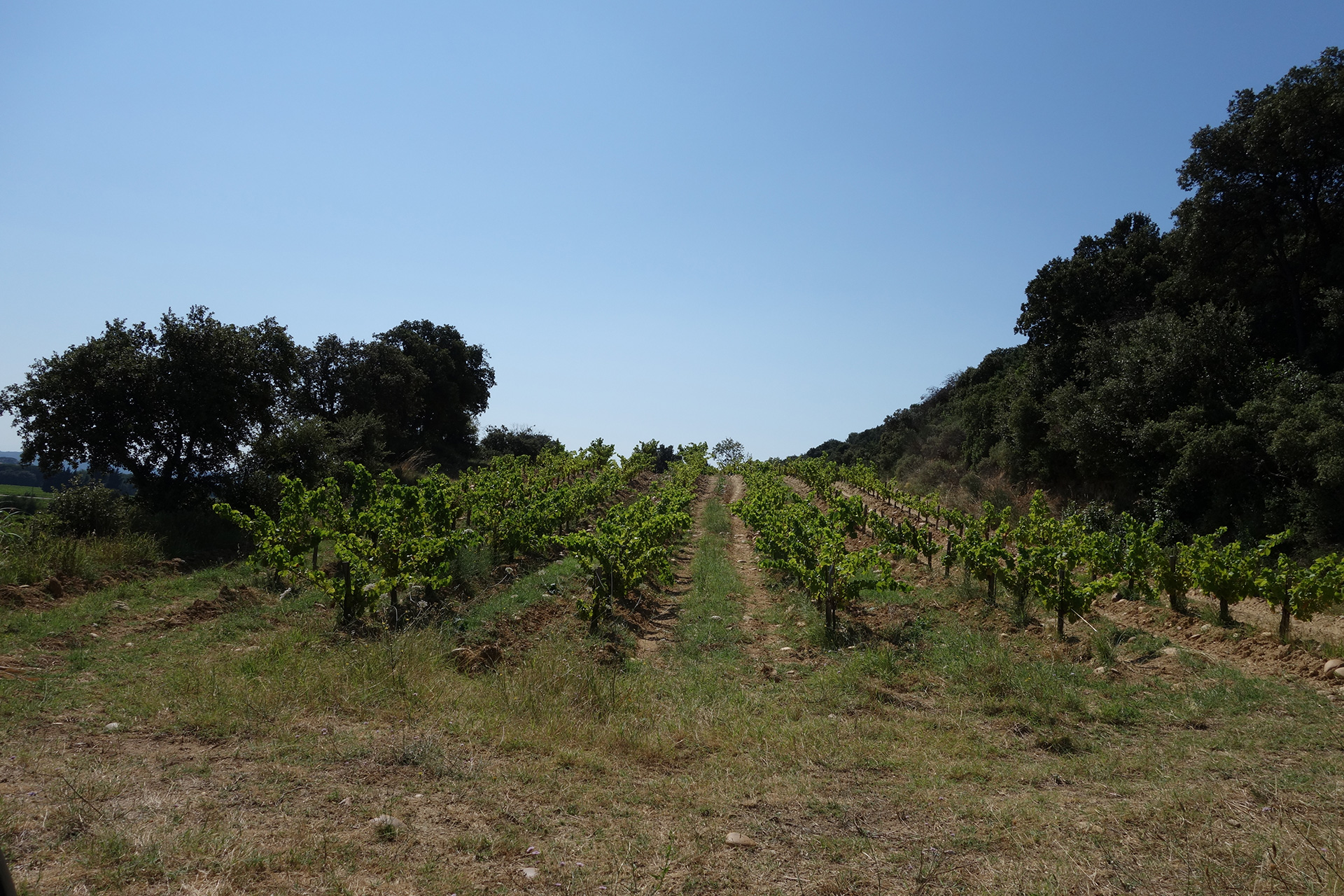
How did your father begin making Tavel the way he does? [Natural winemaker] Jean-François Nicq, when he was cellarmaster at the Cave des Vignerons d’Estezargues, his then-wife was a friend of my mother’s. [When they saw each other] My father brought bottles from his cave cooperative in Tavel, and Jean-François Nicq brought wines from Marcel Lapierre and Thierry Puzelat. And they tasted together and my dad said, “Putain! We could make wines like that, too!”
My dad started to work that way. And the Tavel didn’t sell well at all in the beginning, in 2002. To try to sell Tavel in the world of natural wine at the time… People all said Tavel was disgusting.
How do you suppose Tavel was made back in 1936, when the AOC laws were passed?
I think it was in a different way [than is common today]. You went into the vat and did pigeage to crush it up a bit and you did a maceration for two days. Nowadays [many Tavel winemakers] separate the free-run juice and the press juice. With the free-run juice they do a rosé de saignée and they make Côtes du Rhône with the press juice. Most cellars here function like that. But the press juice is always more interesting here. The free-run juice will reduce a bit. It’s in putting it together that it becomes interesting.
We work in the older way. We press and reassemble everything. We do macerations between five and 10 days. It depends on the grape variety and the place—the sand, the heights, the lowlands, the quality of the grapes. It’s not always the same thing.
What are some of the challenges of making wine in Tavel?
Land in Tavel is hyper-expensive, compared to Uzès. You have the real estate pressure of Avignon. All the really ancient terroirs are being built up. Then you have the problems of the cohabitation of the vines and the houses, which is really a serious problem.
And with the [recent] dryness, we have to rethink how we plant vines. Either you bring water, or you plant less. We’d like to spread out the vine density. Last year was really intense, we didn’t have a drop of rain between end of May until beginning of November. In 2017, we harvested on the August 17th. Whereas my great-grandfather harvested the 1st October. You see in 50 years it has really advanced.
Everyone says it’s going to be the death of the vineyards in the next 30 years. It’s exciting, all the same. Maybe for our next white parcel, my father wants to go to Santorini and look at how they grow Assyrtiko.
Thank you.
Aaron Ayscough is the author of the wine blog Not Drinking Poison. His writing about wine and restaurants has appeared in The Financial Times, The New York Times: T Magazine, and Fantastic Man.
